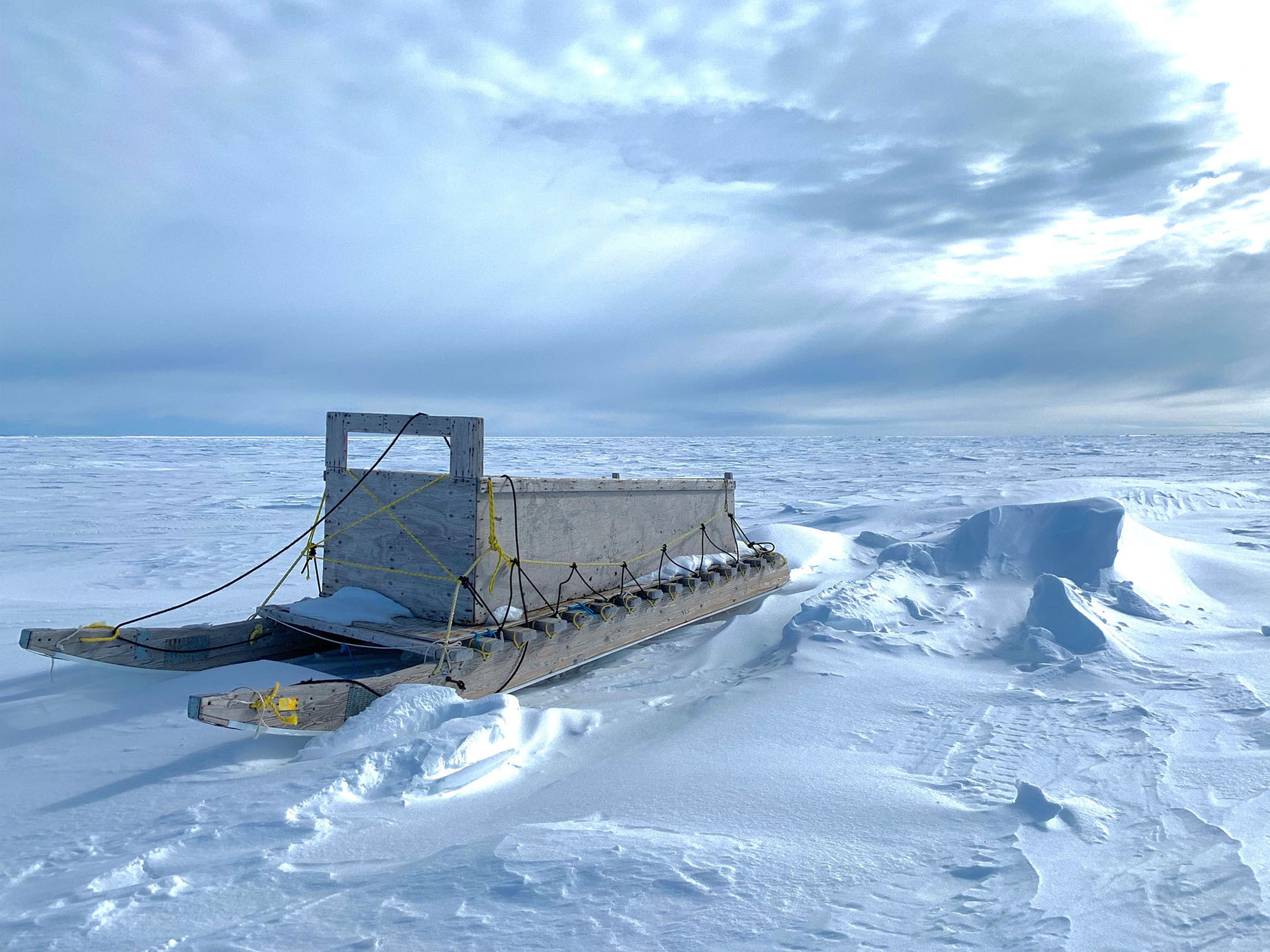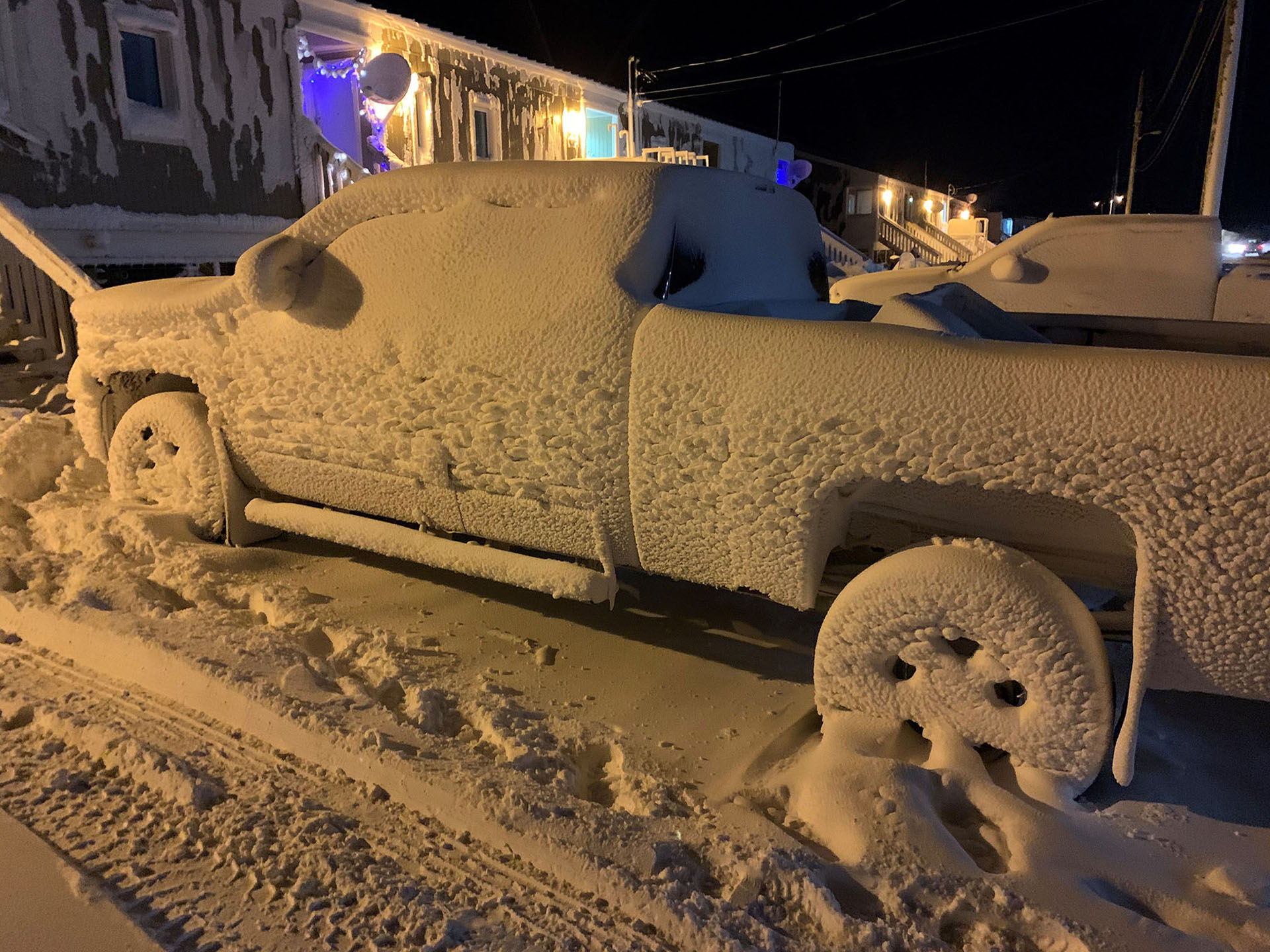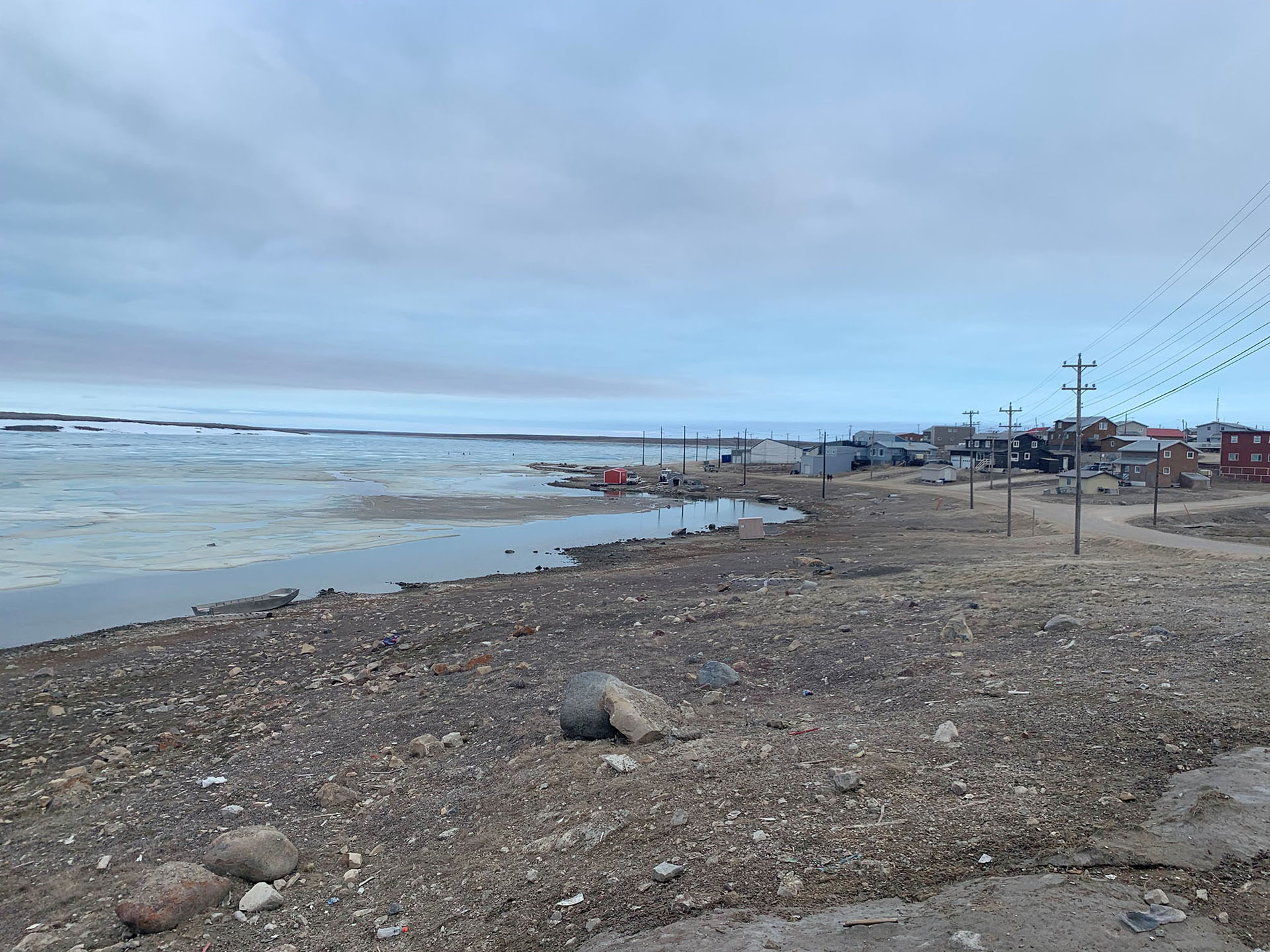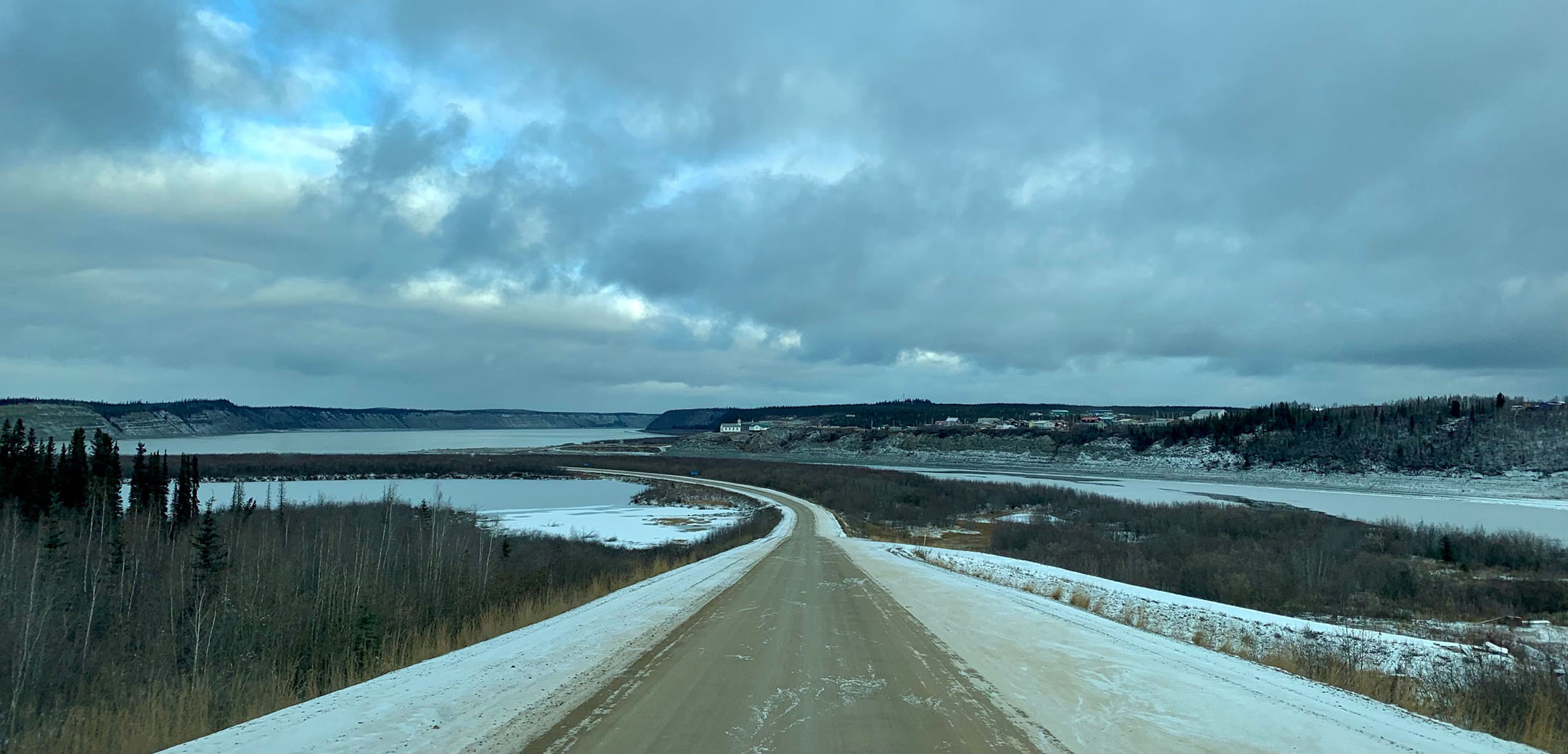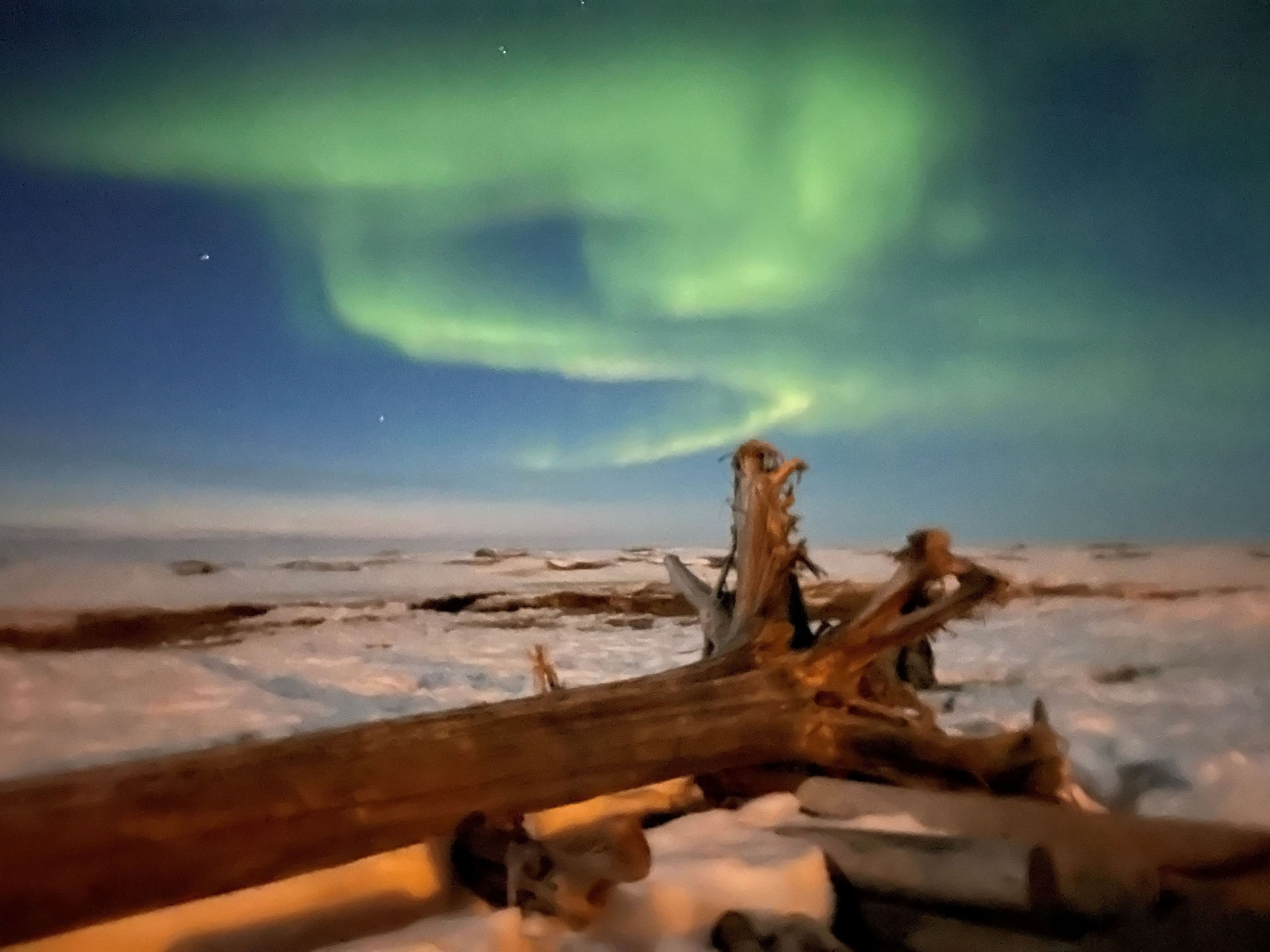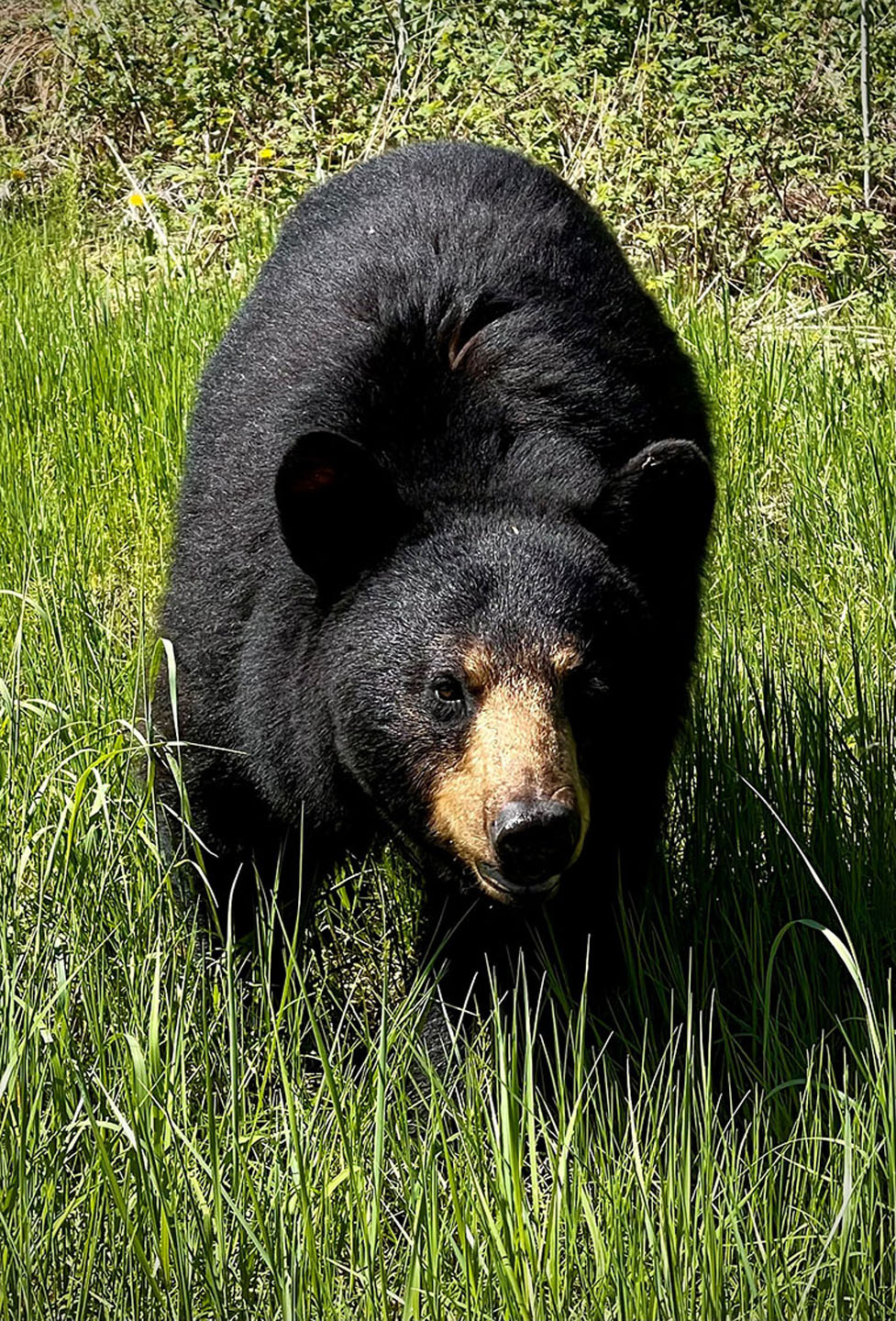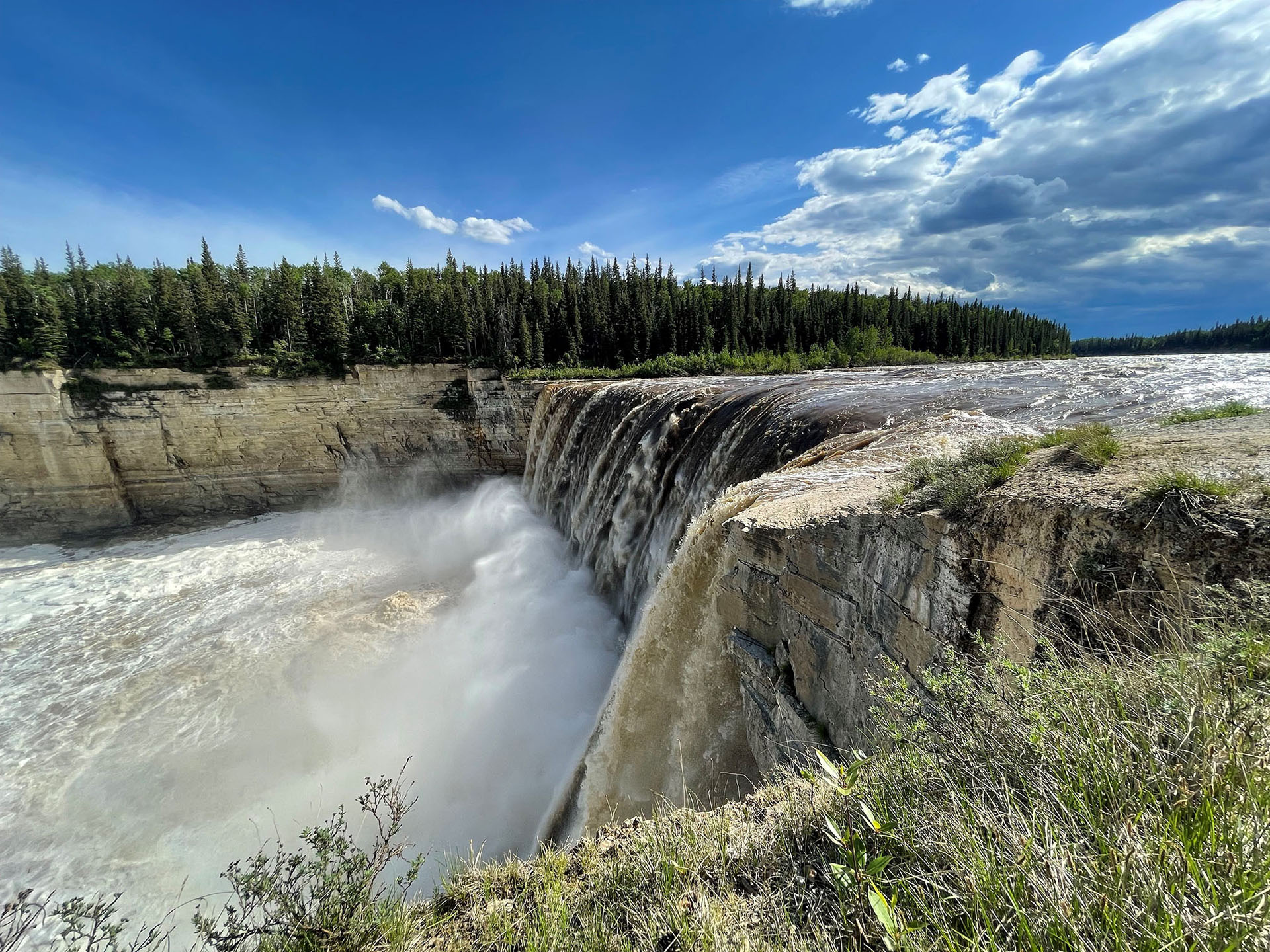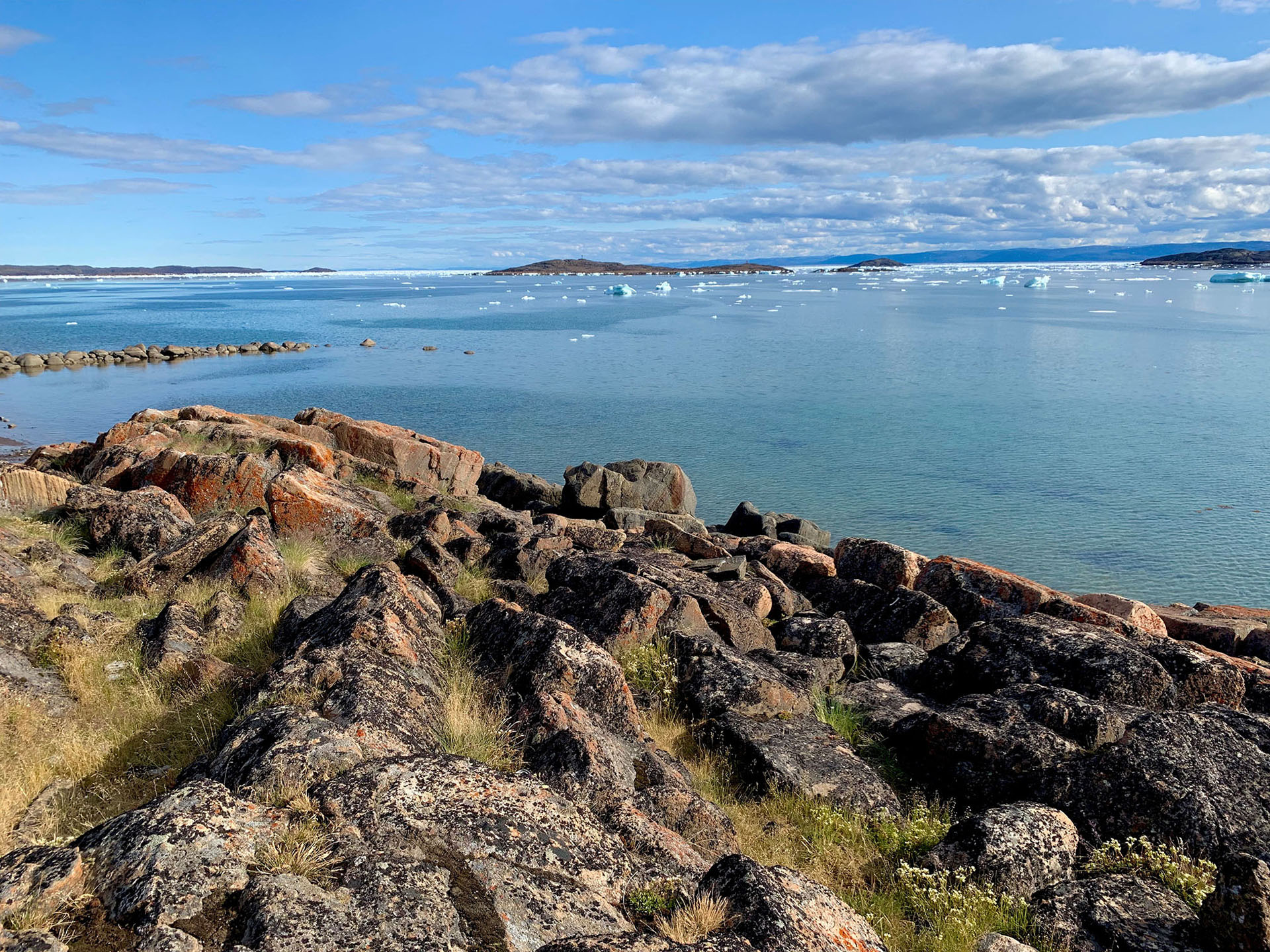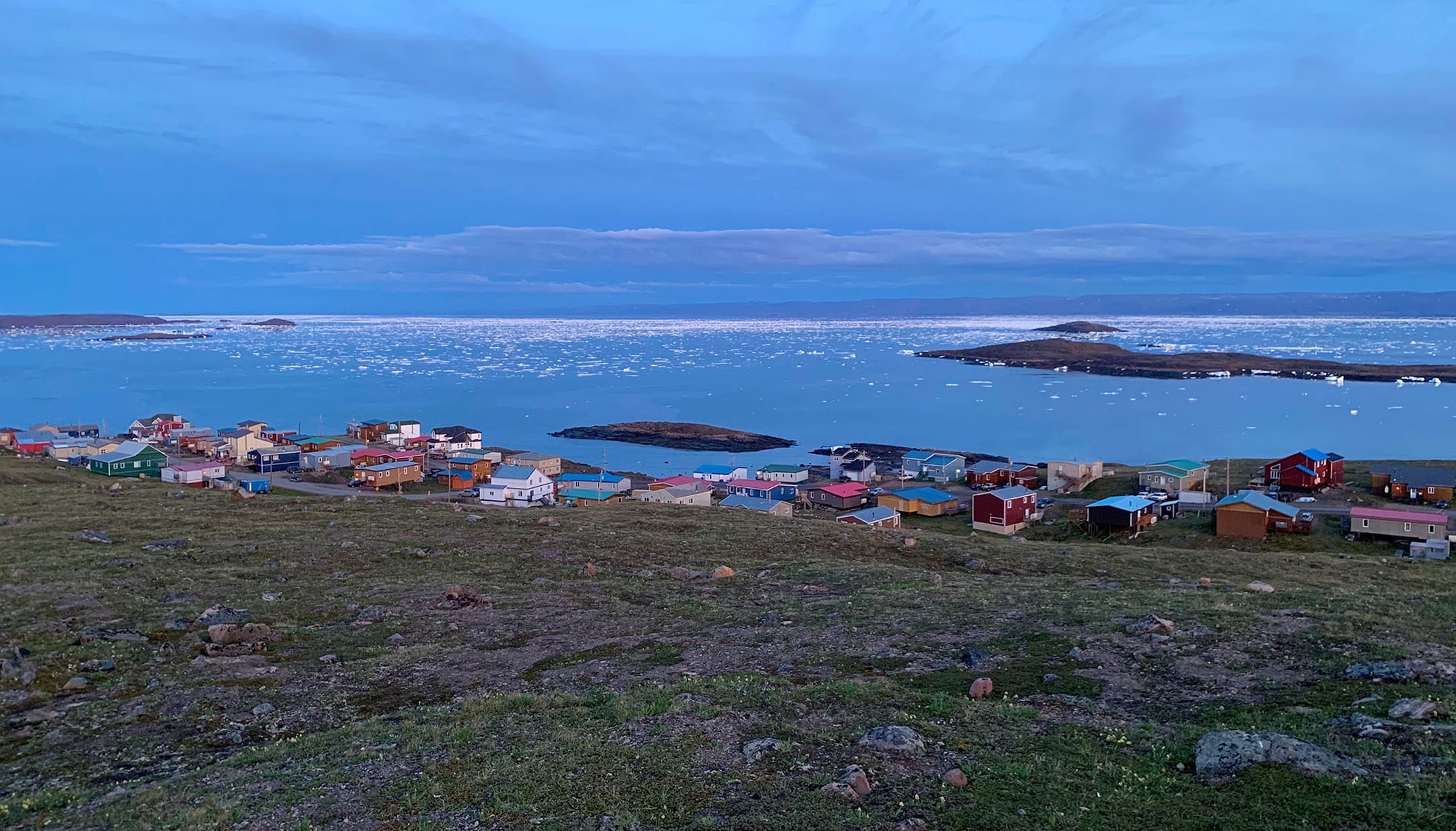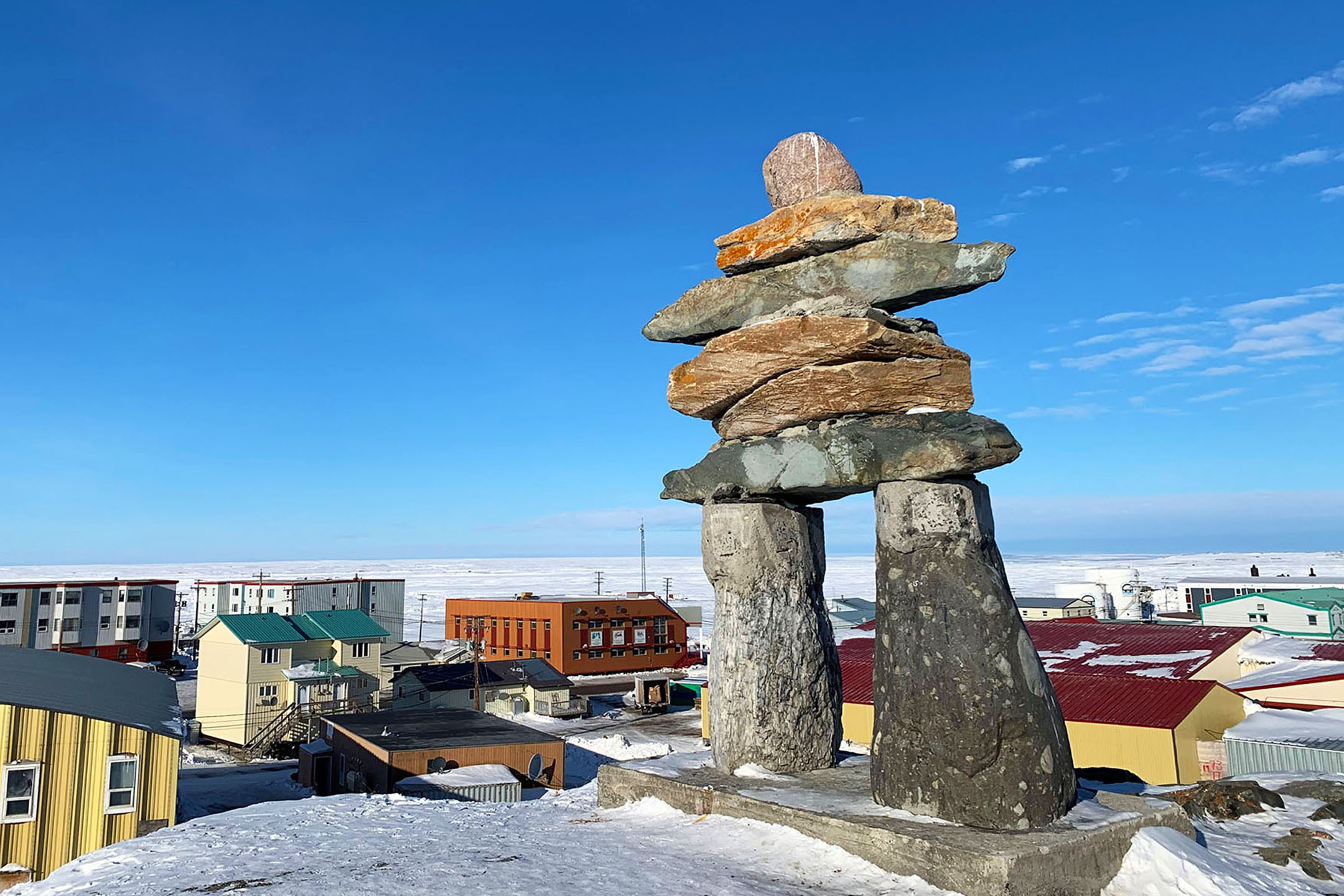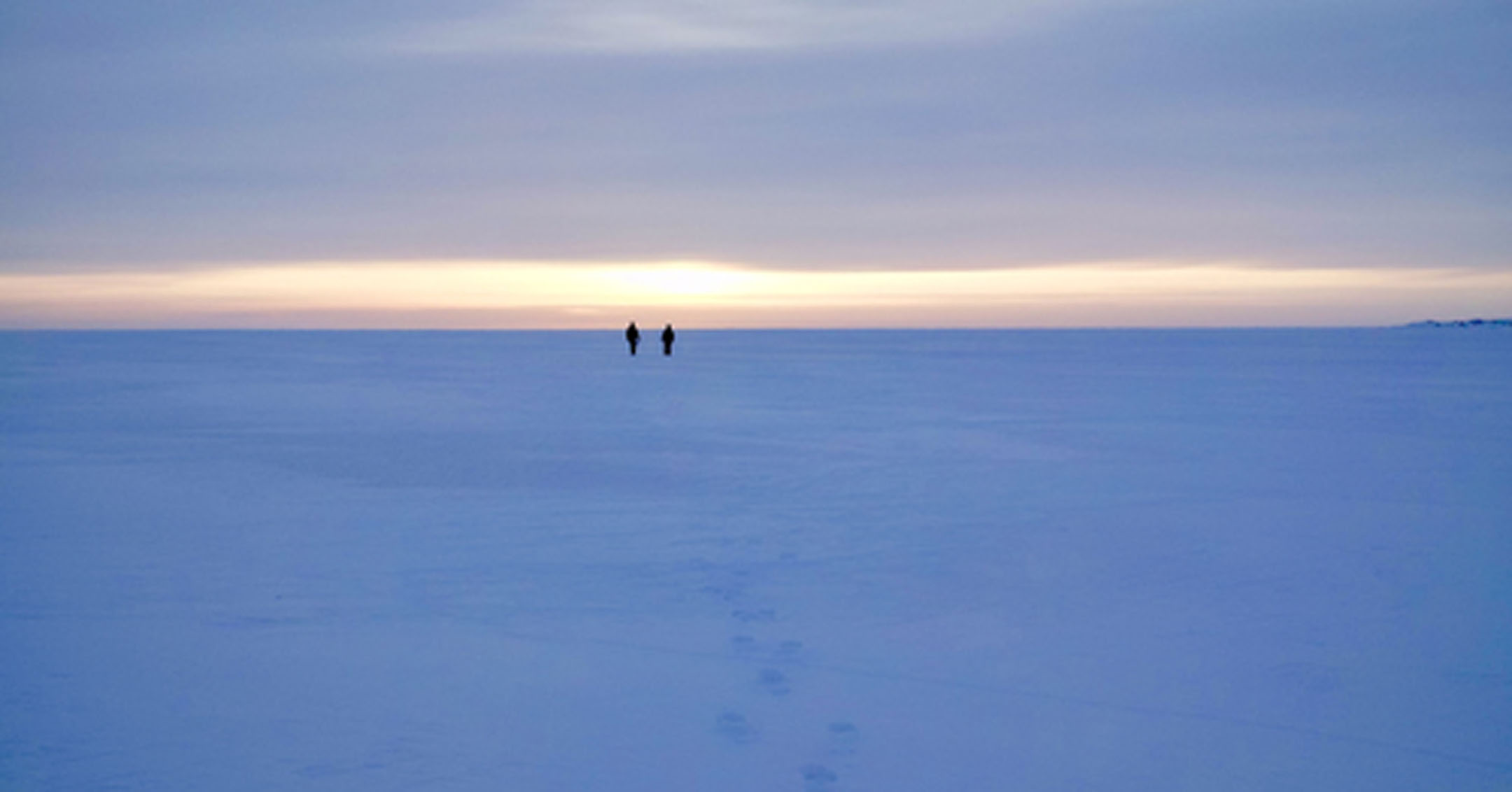Northern Projects
Designing buildings in the Arctic presents architects and engineers with a myriad of unique challenges that demand innovative solutions. The extreme climate, with its harsh winters, permafrost, and seasonal changes, requires structures to withstand freezing temperatures, heavy snow loads, and shifting ground conditions. One of the primary challenges is ensuring thermal efficiency to combat the cold while also addressing the need for adequate ventilation to prevent moisture buildup, which can lead to mold and structural damage. Additionally, the Arctic's remote locations and limited access to resources pose logistical challenges for construction, maintenance and energy use.
Visiting the various communities scattered across the Arctic offers a glimpse into cultures shaped by the region's unforgiving environment and rich history. These communities, often characterized by their resilience and close-knit social structures, offer visitors unique insights into traditional ways of life, including hunting, fishing, and indigenous cultural practices. However, accessing these remote destinations can be challenging, requiring careful planning and coordination due to limited transportation options and unpredictable weather conditions. Despite the challenges, the opportunity to experience the Arctic's natural beauty and cultural diversity makes the journey well worth the effort.
Exploring Arctic communities also provides a chance to witness firsthand the impacts of climate change on the region. As temperatures rise and ice melts at an alarming rate, Arctic communities face significant environmental and socio-economic challenges, including coastal erosion, loss of traditional livelihoods, and threats to wildlife habitats. Engaging with local residents and community leaders offers designers valuable insights into ongoing efforts to mitigate these impacts through adaptation strategies and sustainable development initiatives. By experiencing the Arctic's beauty and complexity, we gain a deeper understanding of the urgent need for global action to address climate change and protect this fragile ecosystem for future generations.
Share This Project:


